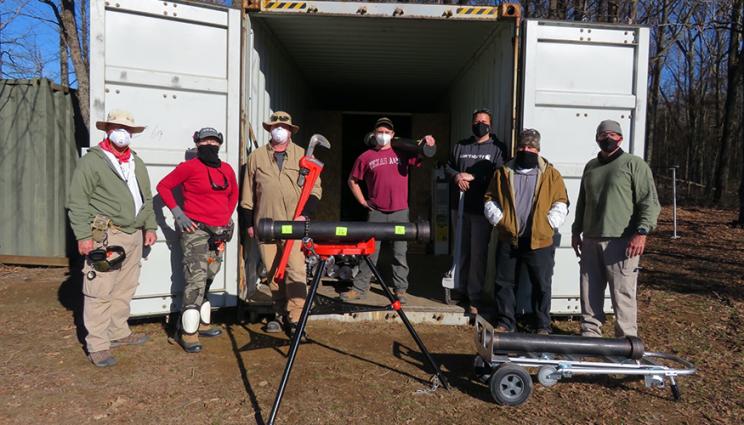
Lawrence Livermore National Laboratory (LLNL) researchers are working to determine if, after a terrorist bombing, the bomb maker can be identified by skin proteins left on bomb components.
As a means of conducting the research, personnel from LLNL’s Weapons Complex Integration (WCI) and Global Security (GS) Forensic Science and Biosecurity Centers (FSC/BSC) subjected notional bomb components handled by volunteers to contained precision explosions.
Identifying individuals through shed skin is an intense area of research for the Intelligence Advanced Research Projects Activity (IARPA) Proteos program.
“It has been shown that patterns of GVPs (genetically variable peptides) can be used to identify individuals,” Deon Anex, project principal investigator, said. “The big question now is whether that information survives harsh environments such as explosions. If forensically relevant information in shed skin cells survives conditions that compromise or destroy other evidence, such as latent fingerprints or DNA, this technology could be a game-changer in post-blast investigations.”
GVP technology may be expanded to identify warfighter remains, victims of 9/11, pilots and crew of downed aircraft, and leveraged in cancer peptide analytics.
“When attempting to do something that has never been done before, you can’t expect everything to run smoothly or the way you planned,” Mark Hart, who led the WCI team of high explosive experts, said. “This first-of-its-kind operation and experiment has been a remarkable exception. All aspects went according to plan and turned out better than expected.”
Officials said Hart’s team led the theoretical design, material procurement, construction, and placement of the shots.




